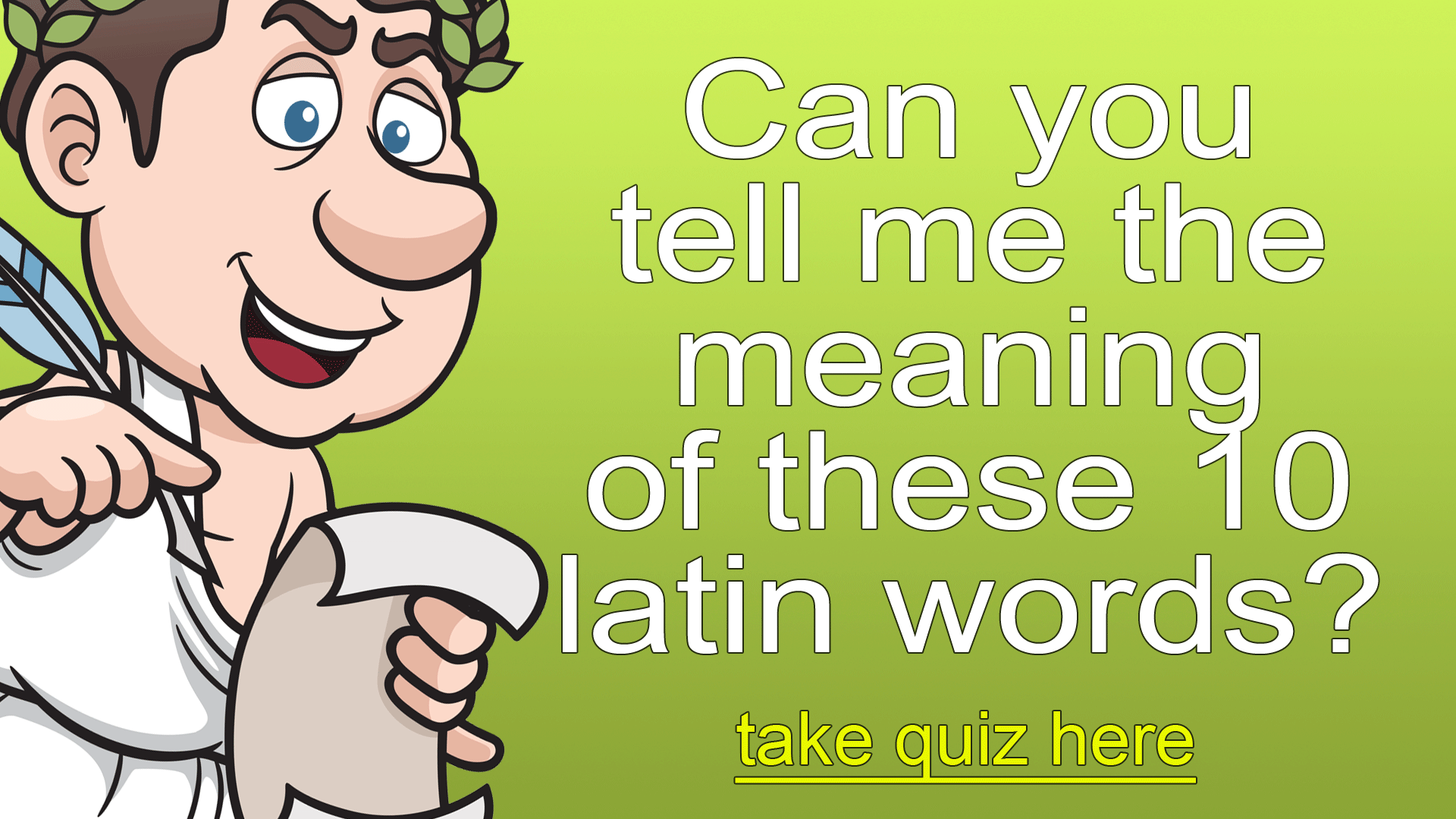
Therefore, the scientific name of the yerba-mate is Ilex paraguariensis. After, it was commercialised to part of southern Brazil and northeast Argentina, mostly some areas that were Paraguayan territory before the Paraguayan War. Mate was first consumed by the indigenous Guaraní who live in what is now Paraguay, southeastern Brazil, Argentina, Bolivia, Uruguay, and was also spread by the Tupí people who lived in neighbouring areas. Lithograph of José Gaspar Rodríguez de Francia, a 19th-century ruler of Paraguay, with a mate and its bombilla Today, mate tea is sold commercially in tea bags and as bottled iced tea. It is commonly made from calabash gourd but may also be made out of other materials. The container the mate is served in is also known as mate. A modern bombilla design uses a straight tube with holes or a spring sleeve to act as a sieve. The submerged end is flared, with small holes or slots that allow the brewed liquid in, but block the chunky matter that makes up much of the mixture.

The bombilla functions both as a straw and as a sieve. Modern straws are typically made of nickel silver, stainless steel, or hollow-stemmed cane. The metal straw is known as a bombilla or bomba and is traditionally made of silver. The leaves are dried and chopped or ground to make the coarse powdery preparation called yerba (meaning 'herb'), which is then soaked in hot water. Yerba mate ( Ilex paraguariensis), ka'a in the Guarani language, contains (among other compounds) the stimulant caffeine. It is the national beverage of Argentina, Paraguay and Uruguay and is also consumed in the Bolivian Chaco, Northern and Southern Chile, southern Brazil, Syria (the largest importer in the world) and Lebanon, where it was brought from Paraguay and Argentina by immigrants. Some ethnic groups that consumed it are the Avá, the Mbyá and the Kaiowa, and also, to a lesser extent, other ethnic groups that carried out trade with them, such as the ñandevá, the Taluhets (ancient pampas) and the Qom (Tobas). Its consumption was exclusive to the natives of Paraguay, more specifically the departments of Amambay and Alto Paraná. It has been drunk in South America since before the arrival of Europeans. Mate was consumed by the Guaraní and Tupí peoples. It is made by soaking dried leaves of the Yerba mate Ilex paraguariensis, in hot water and is served with a metal straw in a container typically made from a calabash gourd (the mate proper), but also in some areas made from a cattle horn ( guampa). Mate or maté ( / ˈ m æ t eɪ/) also known as chimarrão or cimarrón, is a traditional South American caffeine-rich infused drink. First recorded by Spanish colonizers in the 15th century


The territory of the Guaraní people (present-day Paraguay, the Misiones province of Argentina, southeastern Bolivia, southern Brazil and Uruguay)


 0 kommentar(er)
0 kommentar(er)
